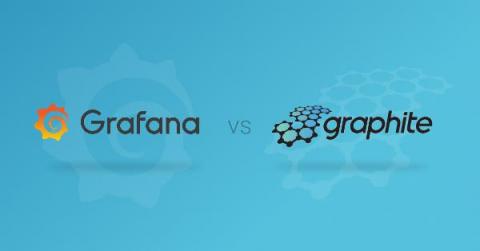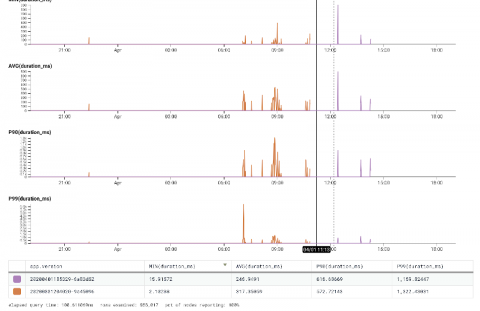Closer Look: Observability
As enterprise IT systems have become more complex and distributed due to cloud infrastructure, containers, serverless technology, an ever-growing footprint of applications and devices, IoT, SDN, open source development tools and more, the practice of performance monitoring has become far more nuanced. In these modern IT environments, traditional monitoring practices centered on known issues aren’t enough.











